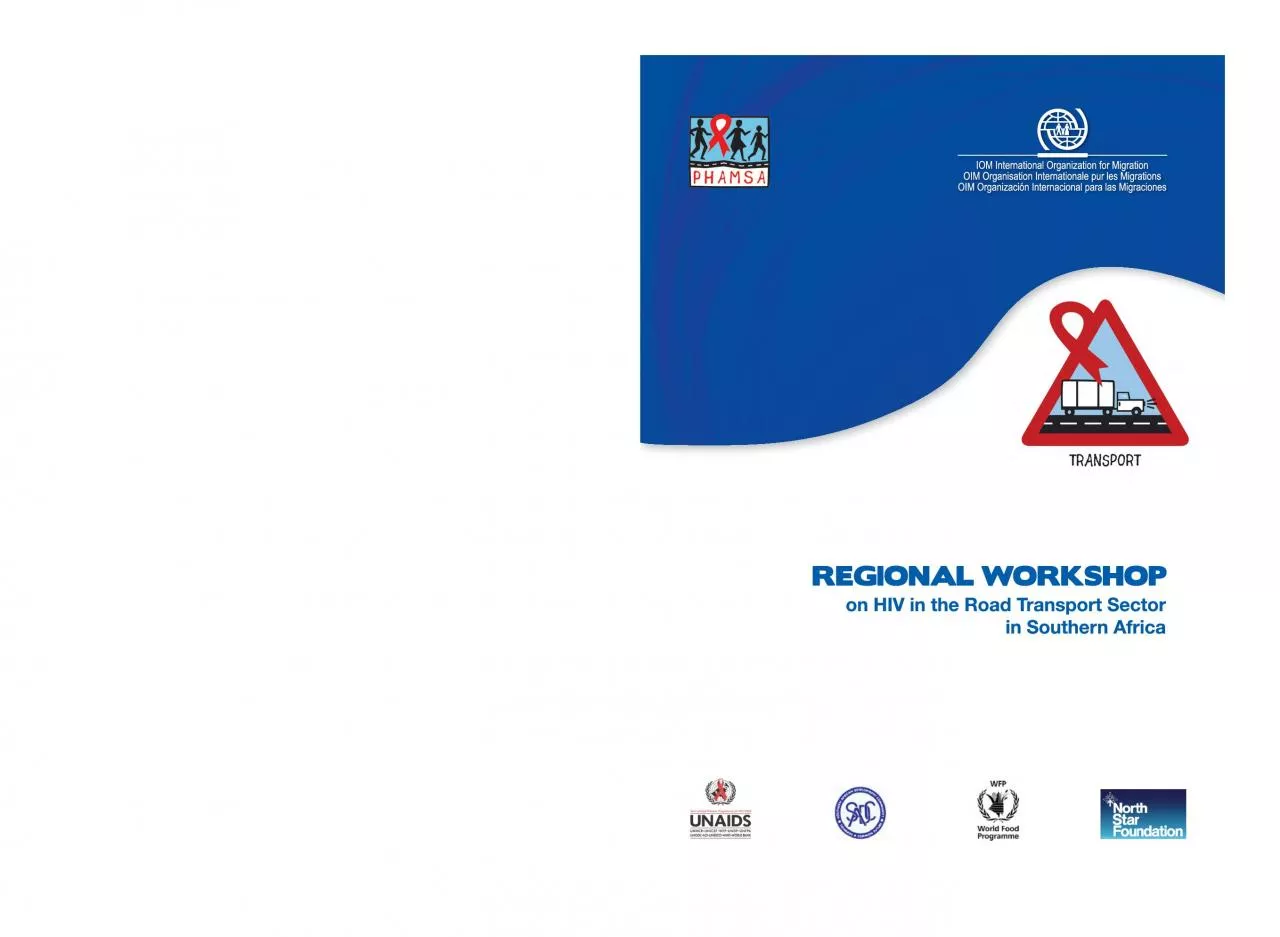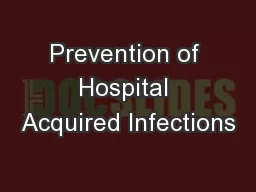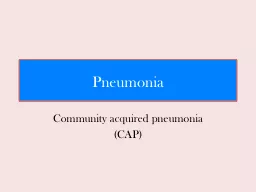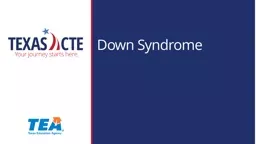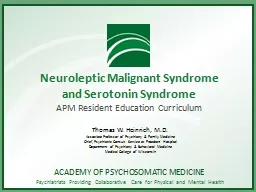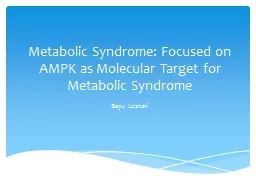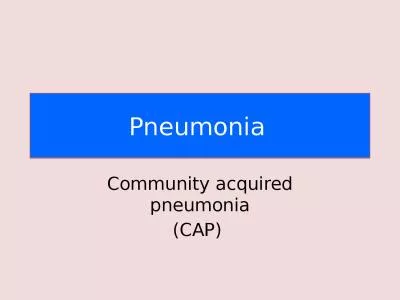PDF-Acquired Immunode31ciency Syndrome
Author : eliza | Published Date : 2021-07-02
2 acronyms Ante Natal Care ARTAntiretroviral therapy BCC Behaviour Change Communication Community Based Organization COH Corridors of Hope Commercial Sex Worker European
Presentation Embed Code
Download Presentation
Download Presentation The PPT/PDF document "Acquired Immunode31ciency Syndrome" is the property of its rightful owner. Permission is granted to download and print the materials on this website for personal, non-commercial use only, and to display it on your personal computer provided you do not modify the materials and that you retain all copyright notices contained in the materials. By downloading content from our website, you accept the terms of this agreement.
Acquired Immunode31ciency Syndrome: Transcript
Download Rules Of Document
"Acquired Immunode31ciency Syndrome"The content belongs to its owner. You may download and print it for personal use, without modification, and keep all copyright notices. By downloading, you agree to these terms.
Related Documents

